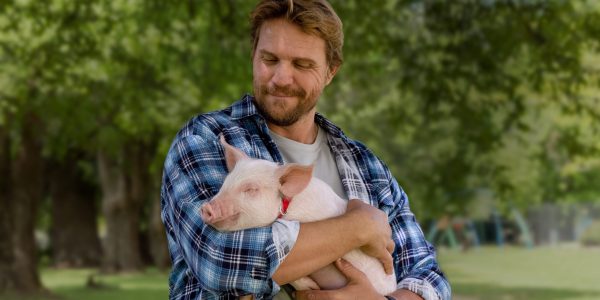In reality, nothing ‘humane’ happens in a slaughterhouse. However, for slaughter to cause the least suffering possible – though it will still cause stress and suffering – it is imperative that animals be stunned unconscious first.
In Australia, stunning is standard and accepted by most religious authorities, however, a disputed legal ‘loophole’ has led to a small number of Australian sheep slaughterhouses killing sheep for ‘ritual slaughter’ without stunning.
In Australia, approximately 32 million sheep and 8 million cattle are killed in slaughterhouses each year for human consumption (both domestic and export). The vast majority of sheep are pre-stunned in accordance with the relevant Australian Standard, and in line with State legislation (for domestic consumption) and federal legislation (for export). It’s important to note, however, that investigation after investigation has made clear that suffering is not only legal in Australian slaughterhouses but sadly, it is also routine – an unavoidable reality of killing animals for food, even in slaughterhouses that stun animals prior to slaughter.







